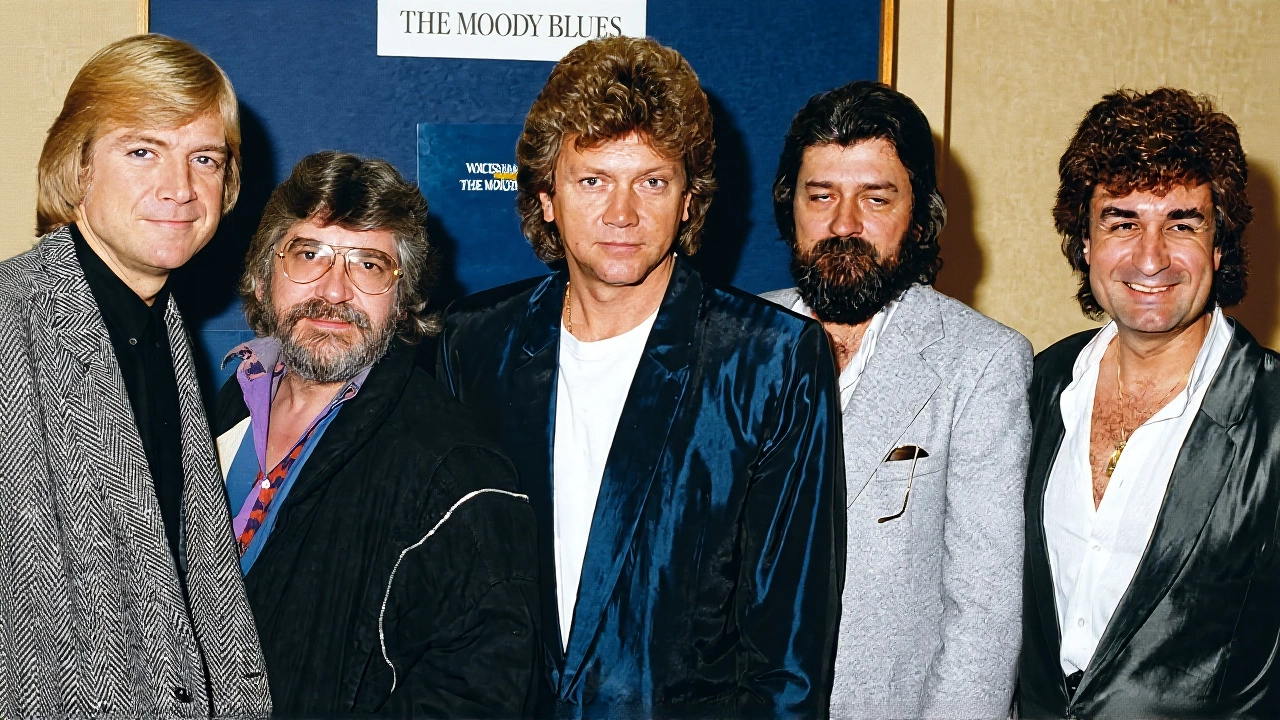
Moody Blues’ ‘Long Distance Voyager’ Revives Stardom After Line‑up Shake‑up
The Moody Blues' 1981 album 'Long Distance Voyager' hit #1 in the US, delivered two Top‑20 singles, and marked a successful comeback after lineup changes.
When exploring the legacy of Patrick Moraz, a Swiss-born virtuoso whose playing helped define the sound of 1970s progressive rock, you quickly see why his name resurfaces whenever fans discuss progressive rock, a genre that blends complex song structures, odd‑time signatures and experimental textures. As a celebrated keyboardist, a musician who specializes in piano, organ and early synthesizers, Moraz left his mark on iconic groups like Yes, the British prog‑rock band famous for epic compositions and intricate arrangements, before launching a solo career that delved into jazz‑fusion, film scoring and world‑music textures. Patrick Moraz embodies the spirit of a musician who never stopped pushing the limits of his instrument.
Moraz first broke through when he replaced keyboard legend Tony Kaye in Yes for the 1972 album Close to the Edge. That record remains a benchmark for how a keyboardist can weave melodic lines, atmospheric pads and rapid arpeggios into a rock framework. After two more studio releases with Yes, he left to join The Moody Blues, where his organ work added a richer, symphonic layer to their 1978 album Octave. Parallel to his band commitments, Moraz issued solo projects like Rhythm of the Earth (1978) and Blue Desert (1999), each showcasing his ability to blend acoustic piano warmth with emerging synthesizer technology. His foray into film music, scoring documentaries and short features, proved that the same compositional mindset used on a prog epic could serve cinematic storytelling. Across these ventures, three core attributes stand out: technical proficiency, a love for tonal experimentation, and a knack for melodic storytelling.
The ripple effect of Moraz’s approach can be heard in modern keyboardists who favor hybrid rigs, combine analog synths with digital workstations, and prioritize dynamic phrasing. Readers of this page will find articles that touch on his most celebrated performances, deep dives into his gear choices, and reflections on how his style influenced later generations of prog and jazz musicians. Whether you’re a longtime fan curious about hidden studio anecdotes or a new listener looking for a roadmap to his discography, the collection below offers practical insights, gear breakdowns, and historical context that bring Moraz’s contribution to life.

The Moody Blues' 1981 album 'Long Distance Voyager' hit #1 in the US, delivered two Top‑20 singles, and marked a successful comeback after lineup changes.